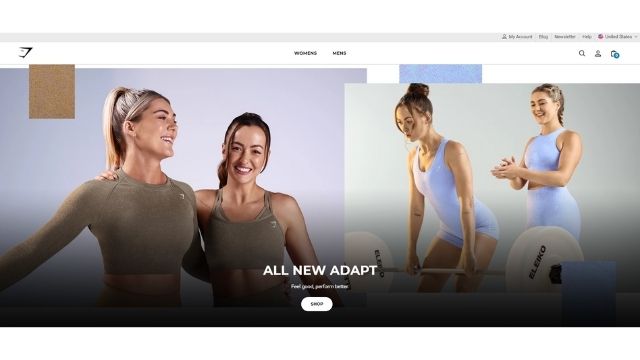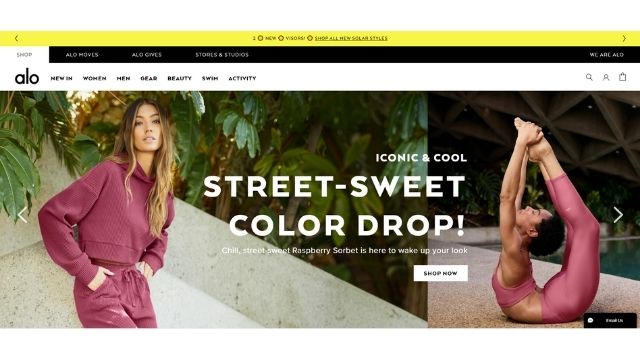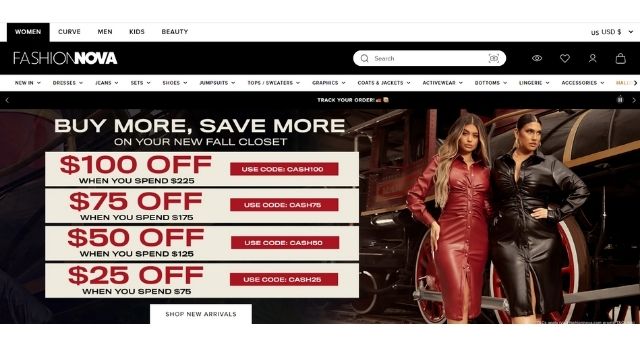Last updated on 07/13/2022
A CMS, which stands for Content Management System, is the software through which a website is administered and its content published online.
Hey! There is a bonus at the end of the article, so make sure you read until the end 😉
If you are already a big corporation and want to migrate to a more developed technology solution such as SAP (hybris), IBM (WebSphere Commerce), Intershop or ATG Oracle + Salesforce Commerce Cloud, this article is unfortunately not for you. These are very complete solutions, but also very expensive.
However, this article is for an audience launching its e-commerce project for the first time or wishing to develop its local or national business in e-commerce.
Why do you need a CMS for your e-commerce online store?
The CMS allows you to group, organize and publish the content that is on your backend to a front end website and depending on the solutions offered on the market, it can integrate features specific to e-commerce such as product page, collection pages, a blog, a header, a footer, a checkout, action buttons, and many other elements essential to sell online.
If you are not yet familiar with this vocabulary, it’s okay, there is no need to memorize them.
How to choose an e-commerce CMS for your e-commerce brand?
The first thing to consider are your own skills, resources and goals.
The right questions to ask yourself before creating your e-commerce site are:
What are my skills in website creation?
● Do I currently have the internal skills to support the technical solution to be implemented and managed?
● What is my budget for the development of e-commerce?
● What acquisition strategy and e-commerce traffic development strategy do I want to leverage for my business?
● What are the needs of my future e-commerce? (be as specific as possible) Multi-currency ? Multi-language? Industry specific function?
● How many references does my product catalog have?
Really take your time answering these questions as this will compose your future terms of reference, the essential document to provide to any web project manager or freelance web developer to make changes on your website if necessary.
SO!
What makes a good e-commerce platform (CMS) for brands?
Easy to use
You want a CMS that will allow you to easily create and edit content. This is often a drag and drop interface, which allows you to add different elements to your pages with no need to code by yourself.
Quick to set up
It should be quick and easy for you to make changes to your site’s content after you publish it. Onboarding from the CMS team is also a big plus.
Help and support options
Although CMS platforms aim to make creating a website as simple as possible, you may still have questions. Ask about help and support available if you get stuck.
Some CMS providers have FAQs and are terribly slow to respond to customer service. Others will have a large support community that can help you at any time of the day or night.
Personalization
Your content management software (CMS) should offer you a large number of templates to choose from. It should also allow you to easily customize these templates to your own needs (ideally without writing code).
Ability to sell online and offline
If you are a farmer or craftsman and have a physical store, having a unified dashboard for online and offline sales is a plus, or at least an ERP integration that allows you to manage inventory.
Price
First of all, you have to consider the monthly fees or yearly subscription.
E-commerce platforms usually offer a basic plan of around $30 per month, and then higher plans.
Then, you must consider the fees of the payment processors. The most popular payment processors are Paypal and Stripe in e-commerce. But platforms like Wix and Shopify also have their own payment solution in some countries.
These fees are around 1% to 3% per transaction.
Finally, there are the transaction fees at checkout. Some don’t charge any additional fees, while others charge up to 3% transaction fee depending on the subscription plan chosen.
What are the CMS available on the market?
Many CMS are available on the market. We have selected 4 that I think are the most relevant, based on the criteria mentioned above.
- Shopify
- Woocommerce (wordpress)
- BigCommerce
- Magento (adobe)
| Shopify | Woocommerce | BigCommerce | Magento | |
|---|---|---|---|---|
| Support | Very quick and complete reply | Very big community | Personalized technical assistance | Very responsive |
| Speed of deployment | Ultra fast, few days and easy | Fast and easy | Fast and easy | Long |
| Number of products to upload | Ultra simple for 1 to few collections | Limited, small capacity | Ultra simple for 1 to a lot of products | Unlimited stay stable |
| Price | Variable.Expensive | Reasonable | Expensive | Very expensive |
| SEO friendly | Good | Very good | Good | Very good |
| Customization | Good | Limited | Limited | Total |
| Responsive | Fully | Fully | Fully | Complex |
| Development | Solo punctual expert | Solo punctual expert | Need expert | Need expert team |
| Key Advantage | UX and usability | SEO friendly | Less expensive for large volume | Powerful and complete |
I recommend Shopify for:
Beginner, small or medium business owners wishing to create a functional online store, quickly and for a very good quality/price ratio. Shopify is also very suitable for larger companies wishing to test a new market or launch a side business, while freeing themselves from the constraints associated with large web projects.
Example of brands that use Shopify:




I recommend WooCommerce for:
Those who already have a WordPress website/blog and want to create an online catalog and/or go into e-commerce but not as a main activity, or who plan to focus their acquisition strategy around writing content creation. WooCommerce is much less adapted to the management of online stores with too many product references.
Example of brands that use WooCommerce:
https://www.shoprootscience.com/
I recommend BigCommerce for:
E-merchants who have a large product catalog to import and who use marketplaces as their first revenue distribution. Sometimes depending on the volume of sales, it can be more interesting to use BigCommerce rather than Shopify.
Example of brands that use BigCommerce:
I recommend Magento for:
Companies that already have e-commerce experience, a team of web developers and a large volume of traffic or need a particular specific integration that is incompatible with other CMS. For your information fees start at around $20,000 per year.
Example of a brands that use Magento :
https://zadig-et-voltaire.com/
https://www.charlottetilbury.com/
Keep in mind!
Depending on your needs, all of these CMS solutions require web development expertise to be optimized at some point or an e-commerce expert for web design and CRO.
You can start with a simple and clean website by focusing on optimizing your sales funnel, acquisition and branding, rather than adding applications, plug-ins or java scripts that slow down your website.
BONUS
Here are 10 tips from Web Design experts to guide you if you are creating your own e-commerce site and MAXIMIZE your conversions:
1. Keep it simple
Minimal interface design and streamlined call to actions are what make conversions happen. Make it clear and straightforward for users.
2. Conversion is about satisfaction
A good user experience amplifies the pleasure of interacting with your brand.
3. Branding protects you from competitors
Ensure Long-term growth by creating a unique buying experience.
4. Great user experience should always come first
Your priority is to make sure your design communicates with your customers as simply as possible.
5. Embrace modern design
It helps to speed up information processing, emphasize iconography, and use familiar patterns that help quickly understand offers.
6. Be distinct
Make sure your value proposition is relevant and mentioned. Be memorable with your branding and features.
7. Use data for CRO
Use data to understand the customer path and design around that with a conversion rate optimization mind.
8. Don’t tell, show.
Demonstrate to your visitors that you have high-quality products that you are a knowledgeable leader in your industry.
9. Don’t make customers think too much.
Present a clear and distinctive call to action and limited choices, with an easy path to checkout
10. Ask for feedbacks and check data
Don’t check all the best practices around the web 😉 not every practice works universally for everyone. Instead, ask your customers and check your own analytics to constantly improve. At the end of the day, it’s a constant iteration loop.
Let’s connect! Facebook valecom

I was suggested this blog through my cousin. I’m no longer certain whether or not this publish
is written by him as no one else know such distinctive about my problem.
You’re incredible! Thanks!
Hello Dante,
Thank you so much for your comment. Hope it helps you.
I am no longer positive the place you’re getting
your information, however good topic. I must spend a while finding out much more or working out more.
Thanks for great info I used to be in search of this
information for my mission.
Hello,
Thank you for your comment!